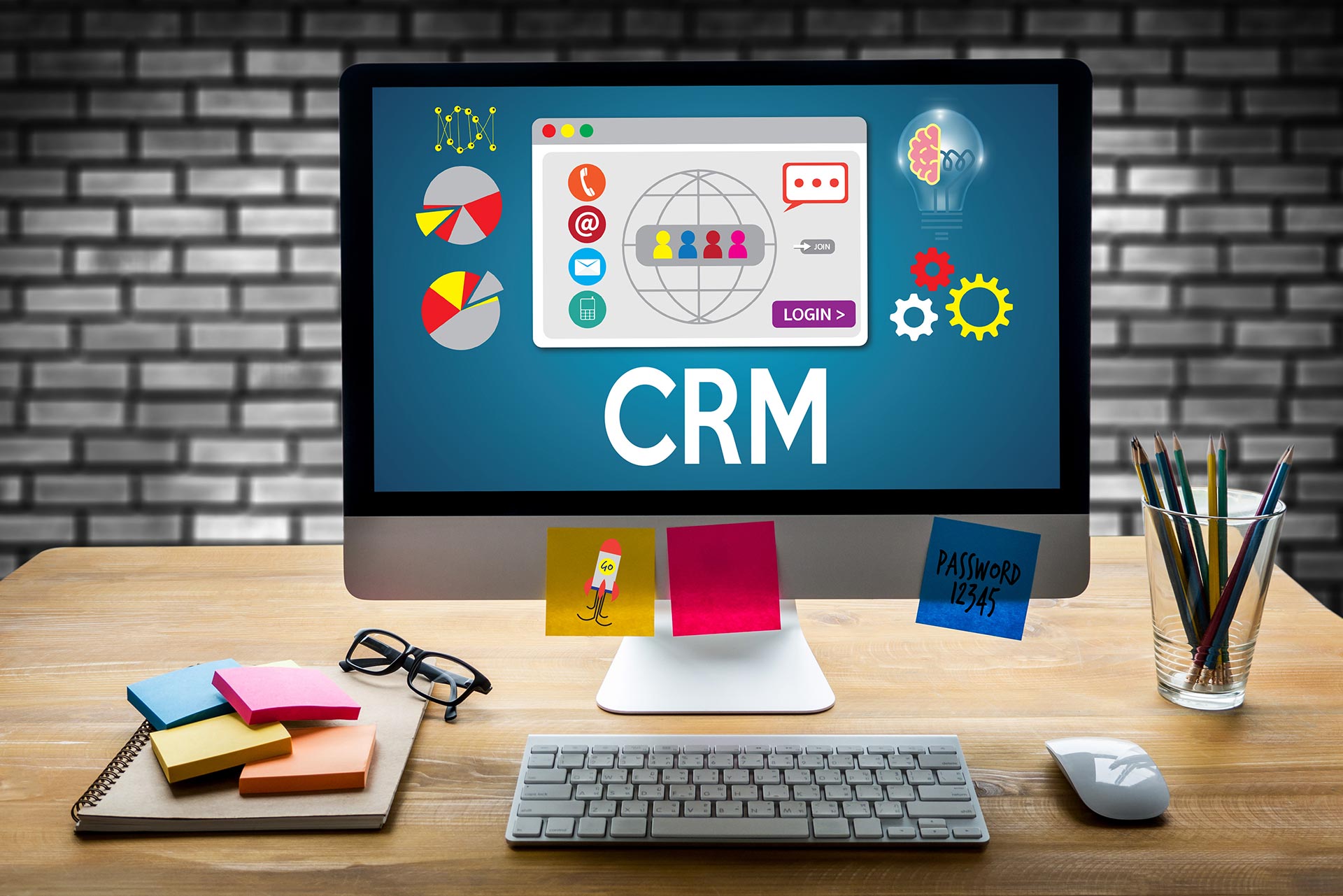
You’ve made the decision that it’s time to undertake a major campaign to improve your facilities, your infrastructure, your agency. You’ve set an aggressive goal, and now you have to ask yourself HOW? If you’ve made it this far, chances are you have a pretty clear picture in your head (or at least hope you do). You’ve identified your major donors, cultivated your asks, and maybe even thought about materials. Putting it all together in campaign will be key. The best part of running a major campaign is that you should never have to do it alone.
Campaigns go in phases: The planning phase, the quiet phase and the public phase. Each one is distinct and vital to the success of your campaign. And, importantly, there is no predetermined length of time for the planning and quiet phases. Take your time, be generous with yourself in that regard. Plan, plan again, try, and then make more plans.
Planning
Support for your capital campaign should come from a dedicated committee of people, and perhaps even a consultant to guide the process. Your committee should be composed of people who don’t entirely serve on your board of directors, unless you have that rare unicorn board every non-profit executive is seeking that does all the fundraising. You should really look at who in your community is willing to champion your cause on your behalf. They should be connected, they should be willing to do the work, and they should be willing to make asks. If they aren’t willing to do all of these things, move on from them. Capital campaigns require all the work from all the committee members. Succeed together, fail together.
Your plan should include things like creating a case for support (if you don’t know what this is, call me. Seriously, call). You should explore the creation of your campaign materials- what will they look like and feel like. They should be different than your everyday materials. It should include your asset inventory, and the inventory from your committee. It should be the place where you create and fine tune your pitch and your asks. It should be the place where your committee has lunch and talks about how your are going to pull this off. It should be a place of learning and training and sharing. AND it should be the place where you establish the majority of the budget you are going to expend to make the money you need.
Shhhh… Quiet phase in progress
The quiet phase of your project should be like a candle lit dinner with your favorite person. The dinner where at the end you’re going to propose, or surprise them with tickets to their favorite show, or that all-inclusive vacation package. Except everyone knows why they are there, and what to expect. The only surprise *might* be the actual amount of the ask. You should expect to raise 50-70% of your goal during your quiet phase, so give it time
. Maintaining momentum throughout the life of your campaign will be an essential part of the design. If your campaign is long term (more than a year) make sure you are planning activities accordingly. Don’t front load the kickoff with all the exciting events if you haven’t done the work during your quiet phase. And don’t send it out with a bang if your intention is to make up for dramatic shortfalls. Planning looks better on you than desperation.
ATTENTION! ATTENTION! We are doing a thing, and our thing is INCREDIBLE
Let the celebration of your mission begin. Don’t hold back. Tell people about your dreams with impunity. Be real, be vulnerable and let everyone know why your mission matters. This part of the campaign should be the most exciting. There should be media, and videos and thank-yous. There should be emails, and letters and many other strategies. Peer-to-peer fundraising, corporate sponsorships, and timing. During this phase it’s important hat you also recognize that there are restricted dollars. These funds can’t go to operating, or programming. Be cautious in knowing how to design your “regular” fundraising around this campaign. WOW, that felt like a lot. Remember, the planning phase is important. Take your time so you can have the best public phase, and fundraising continuity ever.










